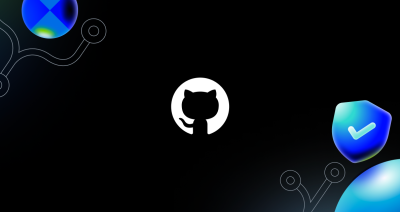
Gaining kernel code execution on an MTE-enabled Pixel 8
In this post, I’ll look at CVE-2023-6241, a vulnerability in the Arm Mali GPU that allows a malicious app to gain arbitrary kernel code execution and root on an Android phone. I’ll show how this vulnerability can be exploited even when Memory Tagging Extension (MTE), a powerful mitigation, is enabled on the device.










